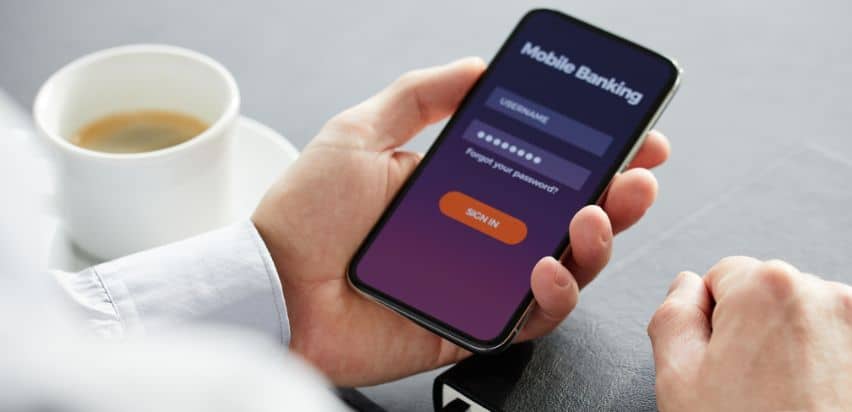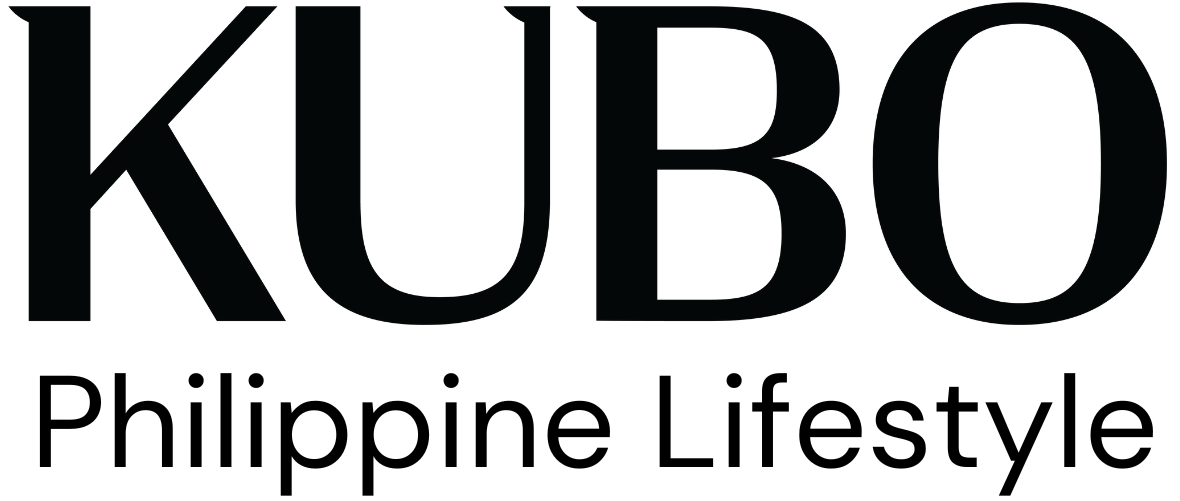“It’s a must.”
Mavie, a Filipina senior graphic designer based in Singapore, hardly ever carries cash around these days. Her phone already serves as her e-wallet, allowing her to pay for almost everything—from bills, to groceries, transportation, and even rent—with just a simple tap. The only time she brings bank notes is for her Hawker fix, and even those sometimes have tap-to-pay.
“It’s virtually cashless here in Singapore. Even mom-and-pop stores can be paid through our phones,” she says. Her e-wallet of choice is connected to her credit card, enabling a seamless transaction each time.
However, it’s back to cash transactions whenever Mavie flies back to the Philippines to visit her family. Aside from maintaining only a prepaid SIM for her trips back home, Mavie admits she isn’t that comfortable about the security of going entirely cashless back home.
“Is it safe? Here in Singapore, when something goes wrong, they can trace the source of the problem easily. I’m not so sure about how it is at home yet,” she says. Mavie’s sentiments are echoed by many balikbayans coming home to the Philippines, especially during the holidays. Do Pinoys coming from abroad have viable cashless options when in PH?
More e-wallets today in PH
According to the Bangko Sentral ng Pilipinas (BSP), cashless payments are quickly becoming the go-to option in the Philippines. Data from the the BSP’s most recent Financial Inclusion Survey shows that PH saw fourfold growth in e-wallet usage since 2019: from just 8% or 5.7 million accounts in 2019, jumping to 36% in 2021 to 27.5 million accounts.
Tracking 2022, the number of e-wallet accounts in the Philippines is already at 258 million, reflecting how many Filipinos seem to even be downloading more than one e-wallet option to cater to the variety of their needs. EMIs are now widely accepted in most establishments around the Philippines, especially those that visiting Pinoys from abroad would likely frequent: restaurants (even fast-food joints), supermarkets, retailers (whether in malls, bazaars or tiangges, and online), theaters/cinemas, tourist spots, and others that provide services they might need, like transportation and delivery apps.
“Based just on that data alone—and we can add to that anecdotal end-user experience—we can say it has become mainstream in the past years. One of the reasons is really the convenience because you can access it anywhere, like your home or at work. The pandemic also helped in a way. During lockdown, digital payments allowed us to continue to perform financial and retail transactions. Now we have experienced firsthand how easy it is, it has become a way of life for many of us,” says Atty. Bridget Rose Mesina-Romero, BSP’s Director for Payments Policy and Development Department.
According to the BSP, there are already 71 BSP-supervised e-money issuers (EMI) in the Philippines. Of these, 28 e-money issuers are banks including digital banks, while 43 are non-bank EMIs.
Digital banks typically only have a minimum deposit of 100 pesos, with accounts embedded directly within the e-wallet app. Compared to traditional banks, however, digital banks tend to be able to promise higher interest rates for savings, from around 4.5-12% at certain times, as part of incentives to try out the digital banking experience.
Non-bank EMIs do not require a bank account to activate, and typically have their own e-wallet within their app. But there are non-bank EMIs that host banks in their app, where users could seamlessly open a bank account using the non-bank EMI wallet app. Most non-bank EMIs have a wide range of services and partner merchants from which direct payments can be made through their channels. Non-bank EMIs also have discounts and cashback offers for certain financial transactions, like bills payments. Reloading e-wallets can also be done conveniently through online bank transfers or over the counter at convenience stores, supermarkets, malls, cash-in machines, and other partner branches of these EMIs.
It is worth highlighting the basic difference of an e-money versus bank account, where the latter is insured by the Philippine Deposit Insurance Corporation (PDIC) for up to P500,000 per depositor. While e-money accounts are not covered by the PDIC, the BSP assures regulations are put in place to ensure that these EMIs always have sufficient liquidity cover for their users.
Given these growing number of options, the BSP notes on the same Financial Inclusion Survey that there are even more e-wallet users in the Philippines than there are bank account holders. As of 2021, only 18 million Filipinos had bank accounts, as opposed to 27.5 million e-wallet owners.
The challenges of going cashless
Despite this growth, upcoming innovations, and opportunities, the BSP admits several challenges still prevent more Filipinos from embracing cashless as an option for financial transactions.
The regulator lists the following as main reasons for the hesitation to download e-wallet accounts: lack of funds, lack of documents (specifically IDs), and Mavie’s earlier concern—lack of trust when it comes to cybersecurity measures.

Given these, GCash, one of the more widely used non-bank EMIs in the Philippines, says it has doubled down on efforts to drive awareness of safety and security. Its GSafeTayo 2.0 campaign focuses on targeting mass Filipino users to raise awareness against cybersecurity threats such as phishing. GCash has also strengthened government partnerships and strategic alliances within the financial industry to further amplify educational campaigns against cybercrimes.
“We also reinforced our platform and products in order to make them more secure. We launched a security feature on our platform that blocks compromised and modified devices from accessing the app. These devices are more commonly known as jailbroken or rooted devices that have undergone alterations, which pose susceptibility to account takeovers,” says GCash in a statement.
“Another key challenge is building trust in digital platforms,” according to a statement from Maya, one of the non-bank EMIs with an embedded digital bank through Maya Bank. “People have a natural emotional connection to their finances, and trust is crucial. Maya’s innovative all-in-one digital banking solution addresses this by merging the convenience of a digital wallet with the robust security and comprehensive services of a bank.”
On lack of documents, meanwhile, Maya adds that it has also made its identification process easier: “To open a financial account, one needs at least one valid ID, and many Filipinos still lack basic identification. The national identification system is addressing this gap and paving the way for wider financial inclusion. At Maya, we’ve made it easy to open both e-wallet and bank accounts—with just one valid ID.
Here’s how you’ll know your e-wallet is legit
The BSP emphasizes that knowing your e-wallet provider is properly licensed is also one of the most important steps in ensuring the e-wallet is legitimate and regulated. The regulator constantly updates its list of EMIs, as more providers enter the e-wallet space.
To check if your e-wallet of choice is properly licensed and under the BSP’s supervision, go over this complete list.
The BSP also shares these tips in keeping your e-wallet account SECURE:
S – Suspicious messages or persons should not be entertained.
E – Exclusively use your own account details.
C – Carefully form strong passwords.
U – Use two-step verification or multi-factor authentication in financial transactions.
R – Report suspicious transactions to your providers immediately.
E – Enable transaction alerts and account activity notifications.
The BSP is also ready to help with consumer concerns through consumeraffairs@bsp.gov.ph, or through its BSP Online Buddy Chat at the BSP website.
“We encourage visiting and returning Filipinos to open transaction accounts with BSP-supervised financial institutions, which includes e-money issuers. The quick, easy, and more convenient ways of making payment and accessing financial services can all be done now through the mobile apps of banks and e-money issuers. It’s a really more convenient and safer way to do things and allows them to spend more time with their families, versus having to go physically and queue for their financial transactions. These services were developed in collaboration with the BSP and the payments industry so that all our kababayans, here or abroad, can experience the benefits of digital payments,” Atty. Mesina-Romero says.
Leveling up the cashless experience
Aside from cashbacks and promos, many EMIs have expanded in-app offerings to include investment options, and even launched new technologies for transactions. For balikbayans who are interested to try them for themselves and their families in PH, here are a few:
EastWest Bank this year launched its EastWest Pay App in partnership with Visa—the first in-store mobile payment application powered by a credit card, enabling tap-to-pay for near-field communication (NFC) capable Android smartphones. EastWest Pay is currently available for EastWest Visa credit card users, as it links the credit card account to the app, eliminating the need for the physical card for financial transactions. Users simply have to tap their phone onto a merchant’s point of sale to complete a transaction. The app will soon be available for EastWest’s debit cardholders and deposit clients.
Maya, meanwhile, is maximizing its synergy as an “all-in-one digital banking app.” Aside from offering depositors attractive daily-credited interest rates, further boosted up to 14% p.a. based on wallet transactions, it also offers Maya Credit and Maya Personal Loan, utilizing data from wallet transactions and deposits to offer consumer-friendly loan options.
Maya also recently beefed up its investment products with Maya Funds. The new feature enables Filipinos to start investing in professionally curated local and global funds, including industry giants like Apple, Microsoft, PLDT, and SM, starting with just 50 pesos.
GCash, for its part, emphasizes the expansion of its services outside the Philippines to provide simple digital solutions for Overseas Filipino Workers. With GCash, they can now send money through P2P transfer, take control of where the money is spent (whether in paying bills or buying load), as well as prepare for their future through GSave or GInvest. Filipino travelers using GCash Global Pay and Visa Card will benefit from no service fees & competitive FX Rates, full transparency on conversion rates, and acceptance in millions of stores.
GCash is also launching a new InsureTech product: Send Money Protect, in partnership with global insurance provider Chubb. It is the first embedded P2P Insurance, embedding insurance in its Send Money use case. Customers can be covered up to 15K pesos per month.
